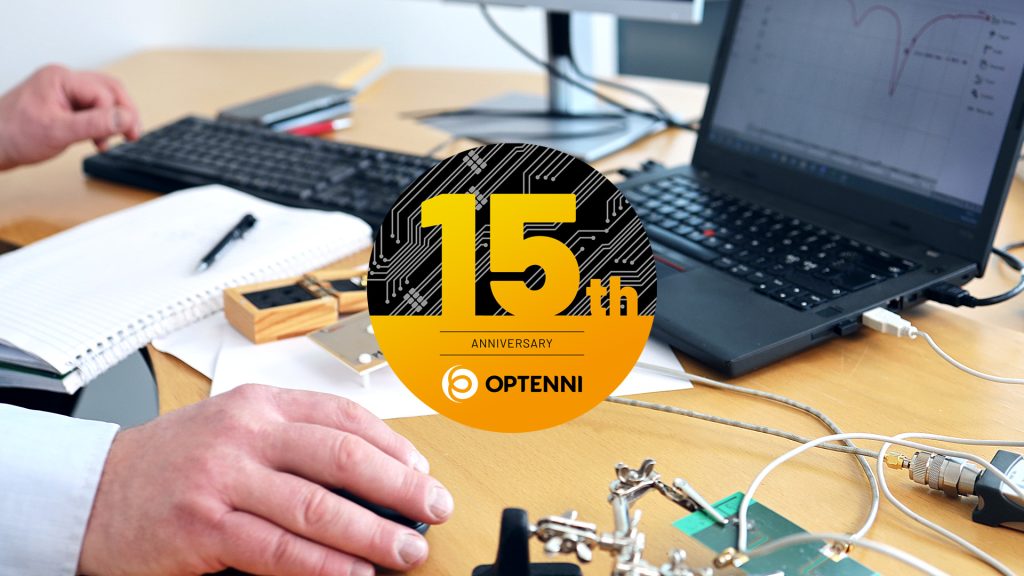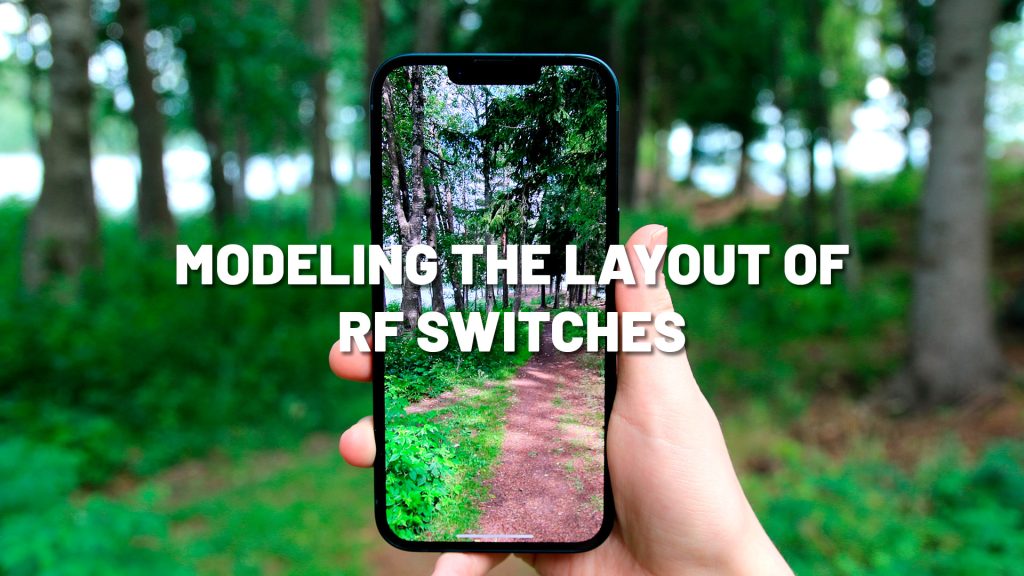Blog Articles
Olli Pekonen
10 September 2024
As discussed in previous Optenni blogs already, modern day antenna designers face major challenges with limited antenna sizes, multiband & wideband operation and good radiation efficiency requirements. But this is not all. In reality, no antenna is suspended in static, immutable free space.
Read more >
Jussi Rahola
1 June 2024
I founded Optenni Ltd exactly 15 years ago and it has been the most exciting part of my professional career. Optenni has become an established player in the RF and antenna ecosystem, thanks to the work of Optenni employees and the collaboration with our customers, software and hardware partners and component vendors. In this blog article I would like to share some highlights along the journey.
Read more >
Olli Pekonen
16 April 2024
In this Optenni blog article, the themes introduced in the previous blog on Feb 12th, 2024 will be expanded to multiport antennas, in particular to tunable antennas. We also rely on the teachings of an Optenni blog article on preassessments from Nov 28th, 2023.
Read more >
Olli Pekonen
12 February 2024
In this Optenni blog article, we take a look into some of the ways many Optenni Lab accelerates the design flow of antenna designs, and antenna matching in particular. We first focus on a straightforward one-port antenna, and then in later blog articles expand the story e.g. to the challenging domain of multiport (aperture tuned) antennas.
Read more >
Jussi Rahola
18 December 2023
In this blog article, I will present the background and different variants of Optenni Lab’s power balance plots, which are used to illustrate power flow in RF circuits and antennas. But what has Napoleon to do with all this? Read through the blog and find out!
Read more >
Olli Pekonen
28 November 2023
With the blog article of September 2023, we touched the main design philosophy of Optenni Lab, where the user may Explore the antenna, Accelerate the design of antenna matching, and Maximise the impact of matching. In this blog article, let me focus on the first aspect of this philosophy, Explore. Before matching circuits are synthesized and time is spent to gain adequate performance, it is very beneficial to get an overview of the theoretical limits of the antenna’s radiator. If the radiator has very little chance of surviving the communication task at hand, it is better to go back to the drawing board and try to redesign the radiator. After all, if a failure is to happen in engineering, it always pays off to fail fast and in early stages of the design, and then move on.
Read more >
Sergei Kosulnikov
31 October 2023
It is well known that compact wireless devices require small antennas whose size is dictated mostly by mechanical, design and aesthetic aspects, and not so much on the efficiency of radiation. Therefore, such small antennas are often made tunable to cater for multiband requirements. To make an antenna tunable, a switch is often incorporated to the antenna radiator. Such a device is also called an aperture-tuned antenna.
Read more >
Jussi Rahola
20 September 2023
With this article I would like to welcome you to the new Optenni blog series. In this blog we will be discussing various matters related to RF circuit synthesis, impedance matching, antenna arrays and our Optenni Lab circuit synthesis software for antenna and RF optimization. When re-designing the pages, we also re-thought the key messages about our software. The key benefits of Optenni Lab can be condensed in the three verbs: explore, accelerate and maximize. Using these verbs, let me now explain in more detail what Optenni Lab can offer you. You may also have noticed a new look and feel for our web pages at www.optenni.com.
Read more >







